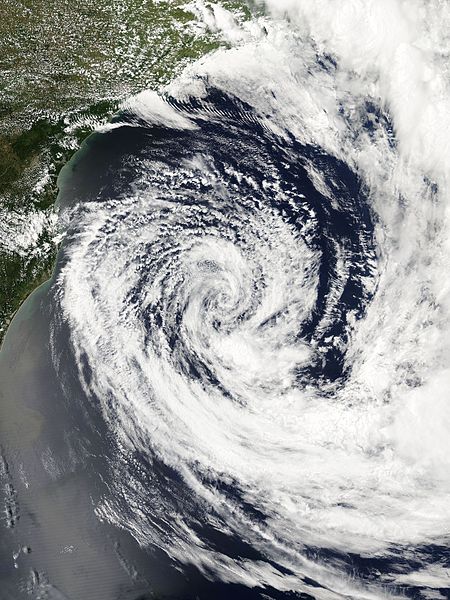Severe Tropical Cyclone Winston was the most intense tropical cyclone in the Southern Hemisphere on record, as well as the strongest to make landfall on record, and the most intense and longest lasting tropical cyclone worldwide in 2016. Winston was, at the time, the costliest tropical cyclone on record in the South Pacific basin, until it was surpassed by Cyclone Gabrielle in 2023. The system was first noted as a tropical disturbance on 7 February 2016, when it was located to the northwest of Port Vila, Vanuatu. Over the next few days, the system gradually developed as it moved southeast, acquiring gale-force winds by 11 February. The following day, it underwent rapid intensification and attained ten-minute maximum sustained winds of 175 km/h (109 mph). Less favourable environmental conditions prompted weakening thereafter. After turning northeast on 14 February, Winston stalled to the north of Tonga on 17 February. Due to a change in higher level steering, the storm drifted back to the west. In the process, Winston again rapidly intensified, reaching Category 5 intensity on both the Australian tropical cyclone scale and the Saffir–Simpson hurricane wind scale on 19 February. The storm passed directly over Vanua Balavu, where a national record wind gust of 306 km/h (190 mph) was observed.

Cyclone Winston at record peak intensity on 20 February, just before making landfall in Fiji
Winston east of Queensland, with subtropical characteristics on 27 February
A home largely destroyed by the storm in Tailevu Province
Large swells in Gold Coast, Queensland injured multiple people and prompted the closure of beaches
Tropical cyclones in 2016
During 2016, tropical cyclones formed within seven different tropical cyclone basins, located within various parts of the Atlantic, Pacific and Indian Oceans. During the year, 140 tropical cyclones formed in bodies of water known as tropical cyclone basins. Of these, 84, including two subtropical cyclones in the South Atlantic Ocean and two tropical-like cyclones in the Mediterranean, were named by various weather agencies when they attained maximum sustained winds of 35 knots. The strongest storm of the year was Winston, peaking with a pressure of 884 hPa (26.10 inHg) and with 10-minute sustained winds of 285 km/h (175 mph) before striking Fiji. The costliest and deadliest tropical cyclone in 2016 was Hurricane Matthew, which impacted Haiti, Cuba, Florida, Georgia and the Carolinas, causing US$15.09 billion in damage. Matthew killed 603 people; 546 in Haiti, 47 in United States, 4 in Cuba and Dominican Republic, and 1 in Colombia and St. Vincent.

Taken by various of satellites throughout 2016, these are the 24 tropical cyclones that reached at least Category 3 on the Saffir-Simpson scale during that year, from Winston in February to Nock-ten in December.
Subtropical Storm Eçaí, the strongest subtropical or tropical cyclone of 2016.
90M on 31 October 2016
Cyclone Victor








